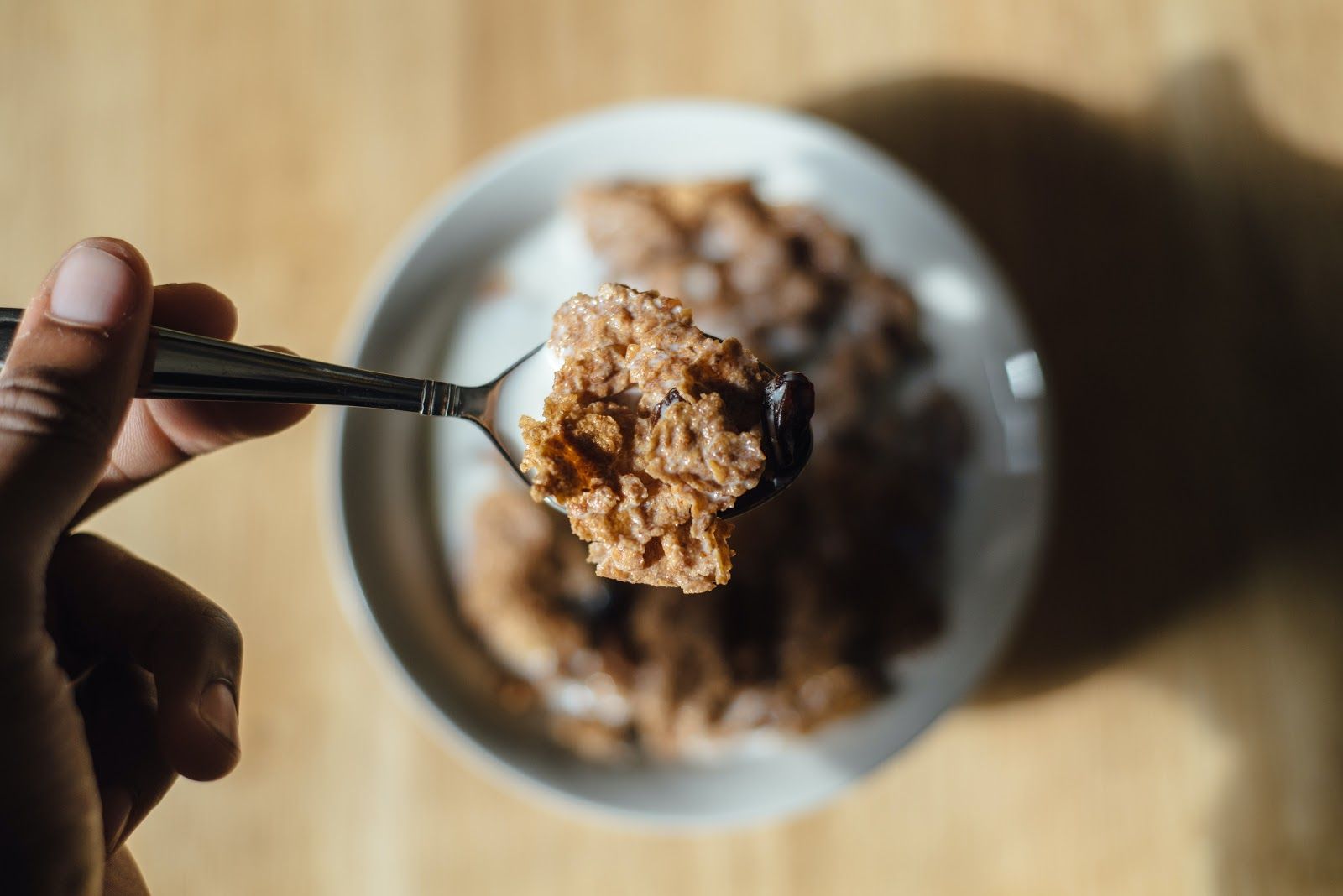While strolling through the supermarket or online shopping, you might have come across muesli and granola and wondered, what exactly is the difference between them. The ingredients in muesli and granola are pretty much similar. Since the ingredients are similar, the nutritional value is also the same. The difference lies in the way they are prepared and served.
Both muesli and granola are oat-based breakfast cereals. Typically, these cereals include rolled oats, walnuts, or almonds, dry fruits like raisins, apricots, dates, and seeds like chia, sesame, or flax. Some people like to add additional ingredients like barley, millet, etc.
Museli: Museli, as mentioned earlier, is a mixture of rolled oats, nuts, dry fruits. Unlike granola, muesli is not baked. The ingredients are loose and generally soaked in milk or juice overnight for a perfect breakfast the next day. Museli can be enjoyed either cold or hot. One could soak it in milk overnight and have it the next day morning, or boil it with milk and porridge out of it.
Granola: Granola is made up of oats, nuts, dry fruits, with additional sweeteners like maple syrup, honey, etc., and baked together.
Unlike muesli, granola is mostly served cold. You can eat it straight away from the bag as a snack or add it as a topping to your yogurt.
Roots of Muesli and Granola
Muesli dates back to the late 1800s and early 1900s. Swiss doctor and nutritionist Maximillian Bircher-Benner is the champion in finding/creating muesli. He has made this as an attempt to promote his belief in the health benefits of raw food.
 Muesli And Granola
Muesli And GranolaGranola has its roots in the 19th century. Dr James Caleb Jackson, a farmer, an abolitionist, a journalist, a physician, and a hydrotherapy evangelist, is credited for the first dry, wholegrain breakfast cereal, granola.
Nutritional Comparison
Here is the nutritional comparison of muesli and granola to make the differences more clear.
Comparison between 1/2 cup (43 grams) of muesli and 1/2 cup (56 grams) of granola.
| Nutrients | Muesli | Granola |
| Calories | 151 | 212 |
| Carbs | 32 grams | 44 grams |
| Sugar | 11 grams | 15.5 grams |
| Fiber | 4 grams | 4 grams |
| Protein | 3.6 grams | 5 grams |
| Fat | 2.3 grams | 2.8 grams |
Although muesli doesn’t have added sweeteners, it is essential to note that it has dry fruits that contain good amounts of sugars.
It’s worth noting here, even though the sugars in muesli and granola come from natural sources, this could significantly increase calorie and carb content. Hence, both kinds of cereal should be enjoyed in moderation. Also, it is essential to note here there could be differences in nutritional value depending upon the additions of seeds, dry fruits, etc.
Which one is Healthier?
Both muesli and granola are equally healthy. Both of them provide beta-glucans, as they are both oat-based cereal.
Beta-glucan is the main type of fiber in oats. They are known to improve gut health, promote weight loss, reduce cholesterol and blood pressure. Both these kinds of cereal have nuts, which have monounsaturated and polyunsaturated fatty acids, which help in maintaining good heart health.
However, both muesli and granola have their downsides. Added sweeteners like maple syrup or honey in granola increase the sugar content. Muesli is not sweetened, generally, but a few companies may add additional sweeteners.
It always a good practice to read the nutritional labels and ingredients list before buying. Muesli and granola have dry fruits, which increase the sugar content in the cereal. Excessive intake of sugar, regardless of the source it is coming from, can increase the risk of getting type 2 diabetes, heart diseases, or obesity.
Which one to Choose?
While both granola and muesli have their benefits and downsides, it is always recommended to check the labels before buying. For muesli, make sure that there are no sweeteners added, and for granola, make sure that there are no candied fruits added. It is a good practice to cut down on sugars.
You maintain and measure your sugar intake, it is recommended to have homemade granola and muesli. It is easy, and you can customize it according to your tastes.
Breakfast Recipes with Cereals
Now that you know the main difference between muesli and granola, don’t you think it is time to get creative at cooking? You help you in making your morning cereal a little more healthy and tasty here are a few twists that you may consider.
 Breakfast Recipes with Cereals
Breakfast Recipes with CerealsRecipe 1:
Are you on leave and want to enjoy some fancy homemade breakfast? Then Granola banana split is the right choice.
Cut a banana in half, add frozen yogurt, berries of your choice, and granola to on top it. There you go, you have your sweet breakfast ready.
Recipe 2:
Trying to make your salads more interesting? Then why not go ahead add a few crunches of granola to it? Don’t you worry about the taste, because we are sure you would appreciate this change in your salads? Here is the recipe for the same.
Recipe 3:
Have a busy day and want some snacks on-go? Make some peanut butter balls and pack them in a box. They would stay fresh till the end of the day and give you that needed energy on your hectic day.
Just a few tablespoons of honey, peanut butter, few cups of granola, and a few tablespoons of milk, to a bowl, mix it and make balls out of it.
Recipe 4:
Toasted oats and coconut
Cereal is enjoyed as a breakfast, but this recipe can be served as an evening snack. When the everyday hustles are not the same, why stick to one breakfast?
Twist and turn, mix and match, make most out of your muesli and granola, but also, make sure that you are eating moderations. Try these recipes and make boring and often considered tasteless breakfast cereals delicious.
Who said you need to compromise on taste to become healthy?
A bowl of cereal: Muesli or Granola, a day can keep you away from a doctor’s office! Most importantly, as we like to pamper ourselves in different ways, it is also equally important to pamper our body with a nutritious and healthy fibrous diet. 🙂
Also read- Egg Recipes For Breakfast

